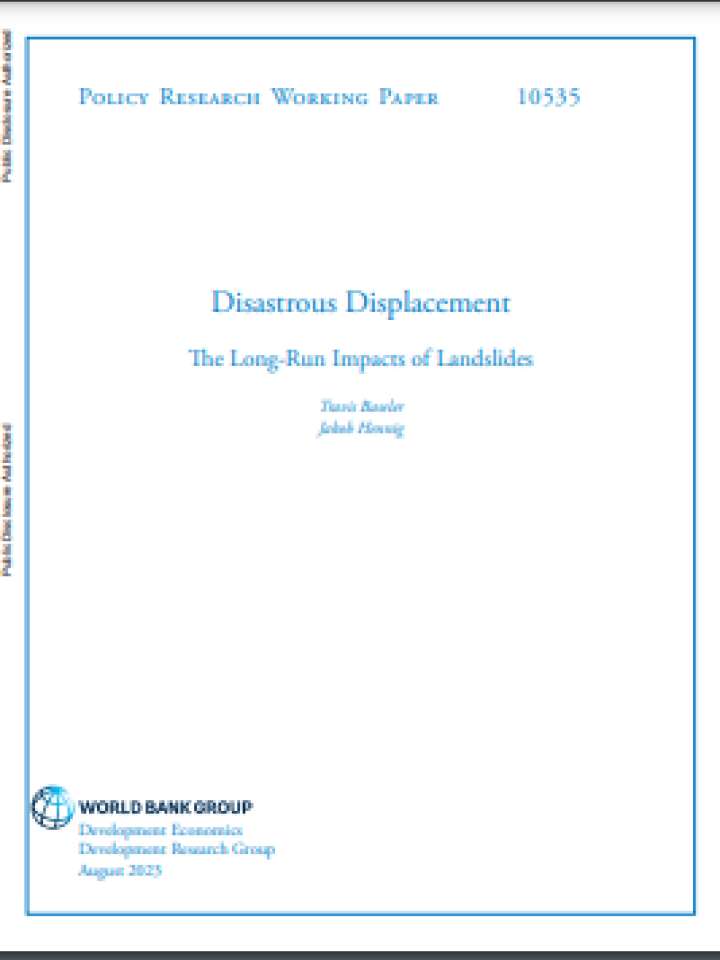The rough road to services and livelihood opportunities in rural Haiti and the added impact of disasters
This study aimed to understand the impact of various physical mobility related barriers to accessing schooling, health care, and livelihood opportunities in rural Haiti, especially focusing on the most marginalized population groups such as women, girls, people living with a disability, and people experiencing multiple overlapping types of marginalization. The study investigates the additional impact of regular climate hazards such as floods as well as a major natural disaster (7.2 magnitude earthquake that shook the Hispaniola island in August 2021, followed by a 5.5 magnitude earthquake in January 2022) on the local residents’ mobility behaviors.
According to the interviews conducted by the study team with a range of international and local humanitarian and development organizations on the ground in Haiti, several transport related interventions would make a difference in improving access for the most vulnerable population groups:
- There is a need to improve the road infrastructure to enable more transport alternatives to become available, and work with service providers on the roads to improve the transport service quality. Inter-communal and inter-departmental transport services are needed: the introduction of tap-tap or van services could help reduce the risk of accidents when taking motorbike taxis.
- Women could be more integrated into the transport system as transport services providers, which would reduce some of the risks. There could also be collectives of transport providers (including men) who are trained and sensitized against violence against women. A female customer would then feel secure if she took a taxi from that organization.
- There is a need to bring services closer to people, invest in locally based facilities. The distance people commute to get to a particular service facility or to get employment opportunities directly impacts people’s willingness to travel.
Explore further
